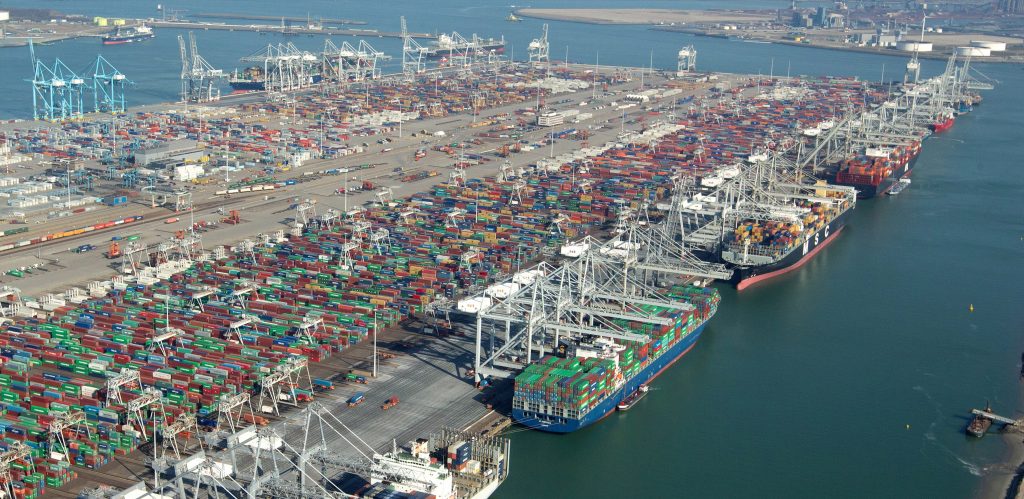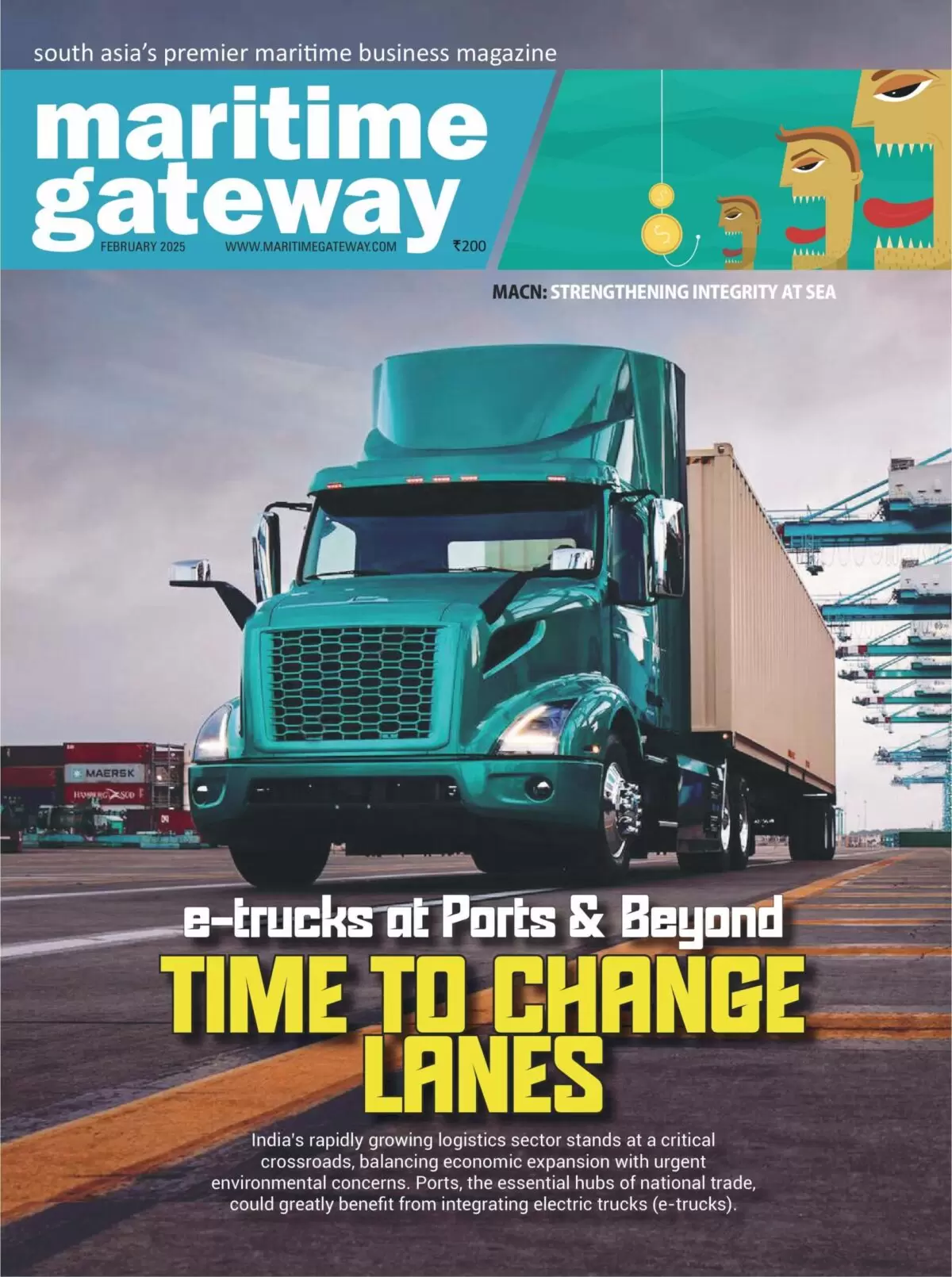August 20, 2020: The average container exchange at European ports in the first half of the year slowed as carriers made service adjustments to cope with the coronavirus disease 2019 (COVID-19), but there is no hiding a trend of steadily rising call sizes driven by the deployment of mega-ships.
Mediterranean hubs saw a 3.3 percent increase in the average container exchange per vessel port call during the first half compared with last year, while Northern European gateways experienced a 1.5 percent decrease in call sizes, according to IHS Markit port productivity data.
The low numbers are below the dramatic increase in call sizes seen last year, but they belie growing call sizes over the past few years at both Northern and Southern European ports, and are likely distorted by carrier efforts to consolidate port calls and right-size capacity to match poor demand through the pandemic lockdowns of the second quarter.
Mediterranean ports last year registered a sharp 13 percent increase in average call sizes compared with 2018, while call sizes in Northern Europe were up by nearly 10 percent.
While the year-over-year comparison of the 2020 first-half data does not show a significant change, when compared with the same period in 2018 it reveals a dramatic trend of rising call sizes across northern and southern European hubs. Call sizes in the first half of 2020 at the main Mediterranean ports are up 18.4 percent compared with the first six months of 2018, and have increased 13 percent at Northern European hubs.
“Fewer sailings does mean lower overall volumes, but not necessarily smaller call sizes,” said Andy Lane of CTI Consultancy. He said the development of increasing call sizes suggested load factors — the utilization of slots — had increased as a result of proactive capacity management by the carriers.
Mega-ships, mega call sizes
The largest vessels in the world are deployed on Asia-Europe and they bring with them enormous call sizes. South Korean carrier HMM is steadily deploying its 12 new 24,000 TEU ships on the trade as they are delivered, with the HMM Rotterdam this week the latest of the vessels to make its maiden voyage through Europe.
A spokesperson for HMM said the vessel call sizes of the megamax-24 class ships varied depending on service calls and routes, but on the FE3 service where the ships are deployed, they were making up to 7,700 moves at Rotterdam World Gateway, and 7,500 moves at HHLA’s Container Terminal Burchardkai in Hamburg. With each move representing 1.7 TEU, the container exchange of the mega-ships is often greater than 13,000 TEU per port call. HHLA reported in June the 23,964 TEU HMM Algeciras had a 13,600 TEU call size.
In an IAPH-WPSP Port Economic Impact Barometer issued in late July, ports polled noted the high number of moves per vessel was causing peaks in both ship-to-ship operations and yard activity at the terminals, and some of the ports reported an impact on landside operations, especially on truck arrivals and departures.
But Hans Nagtergaal, head of containers at Rotterdam, Europe’s largest container port, told JOC.com in response to the survey findings that Rotterdam was no stranger to handling mega-ships and no landside issues were being seen. A similar response was received from Antwerp’s MSC PSA European Terminal (MPET) that it is not seeing any backlogs developing at the terminals or hinterland connections.
Container volume at the Port of Antwerp from January through June rose 0.4 percent year over year to 5.8 million TEU, while Rotterdam reported a 7 percent drop in first-half volume to 7 million TEU. The Port of Hamburg has not yet released its first-half volume, but HHLA, operator of three of Hamburg’s four container terminals, reported volume down 12 percent in the first half to just over 3 million TEU.
Despite the greater call sizes at the hubs, the 7.2 million TEU imported into Europe in the first half was more than 1 million TEU less than in the first six months of 2019, mostly as a result of extensive blank sailings by carriers. So far, 18 of the 189 sailings planned from March through September have been reinstated.
But the lower volume does not appear to be easing the inland transport delays that have plagued Rotterdam and Antwerp for years. Barge operator Contargo Tuesday warned customers to expect waiting times for its barges of 56 hours in Rotterdam and 32 hours in Antwerp. Further complicating the inland movement are low water levels on the Rhine, with Hapag-Lloyd in late July announcing a low water surcharge of $35 per TEU.
Source: JOC





